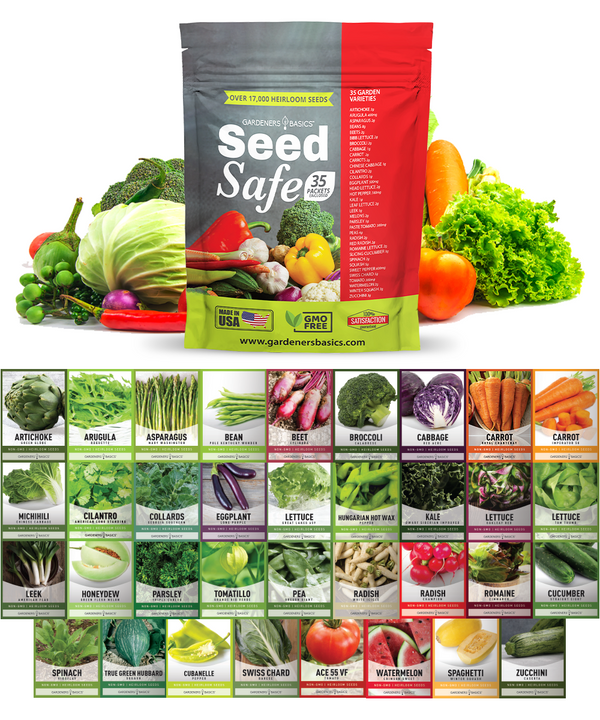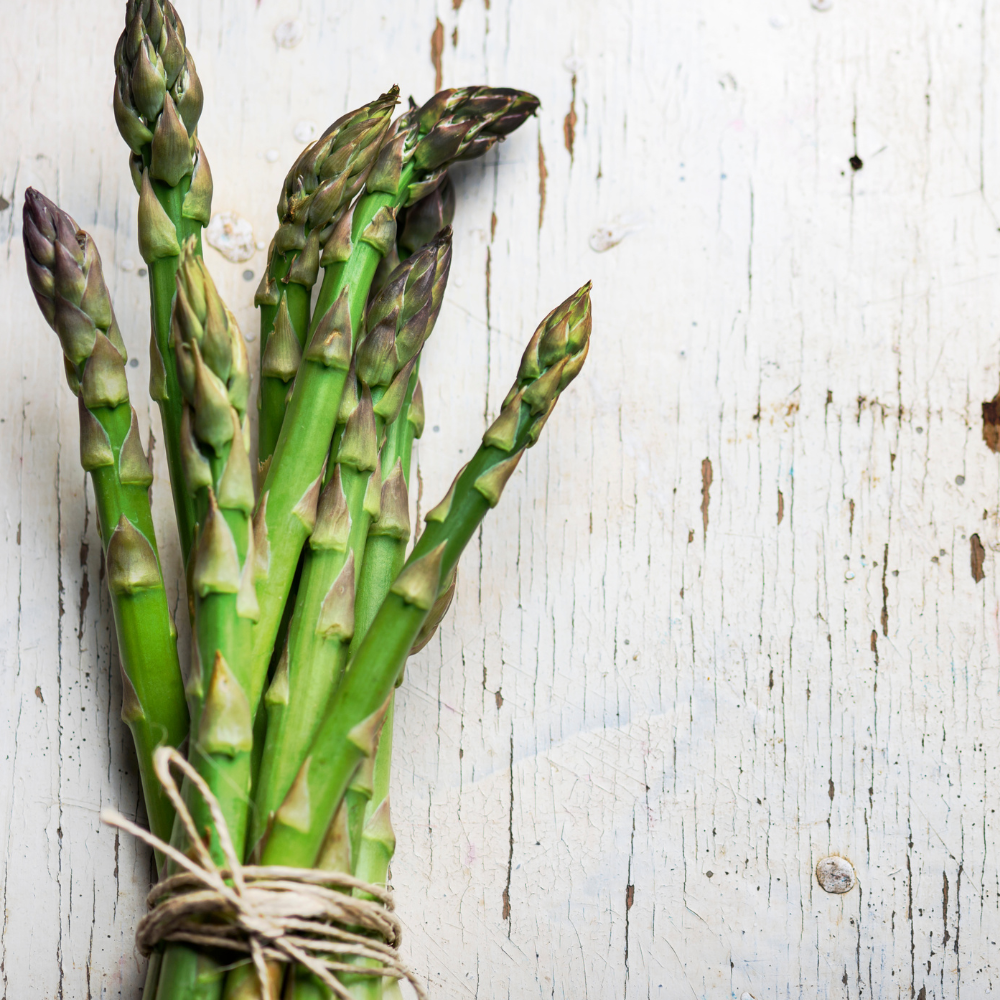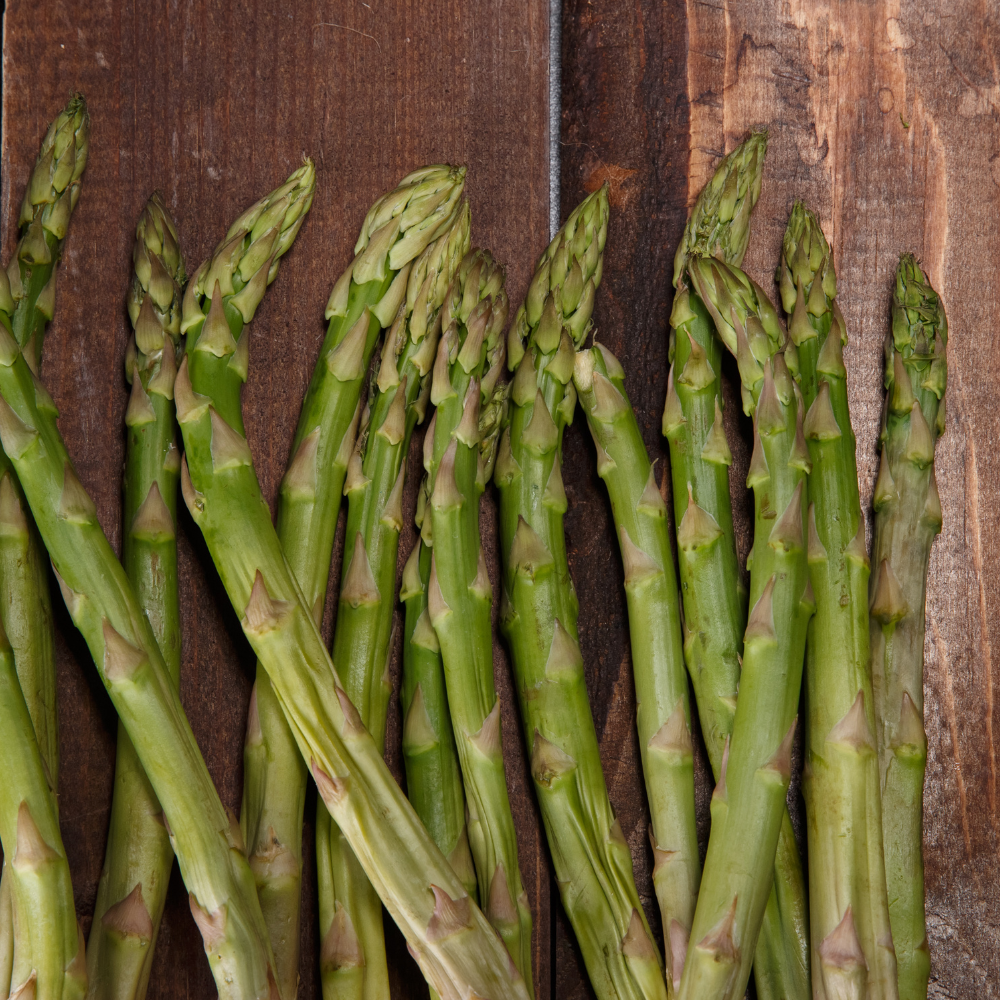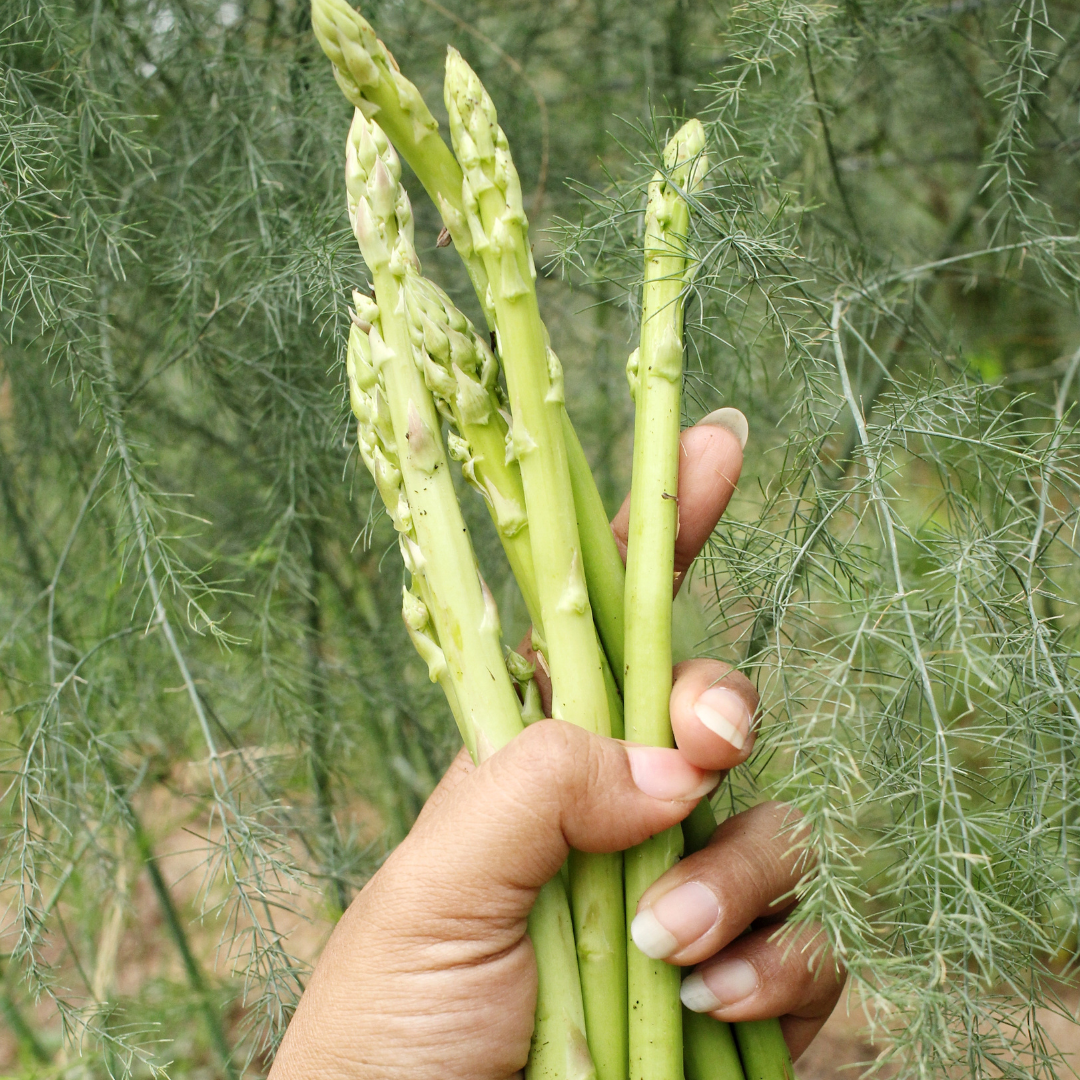Growing asparagus is a rewarding experience, especially if you live in Colorado, where the conditions are perfect for cultivating this perennial vegetable. This blog post will discuss how to grow asparagus in Colorado, including starting asparagus seeds indoors, planting, and caring for your plants.
Starting Asparagus Seeds Indoors
Asparagus is a perennial vegetable that can live up to 15 years or more, so starting asparagus seeds indoors is an excellent investment for your garden. You can start your asparagus seeds indoors in late winter, around mid-February or early March.
To start your asparagus seeds indoors, fill a seed tray or small pots with a good-quality potting mix. Plant your seeds about 1/2 inch deep, and keep the soil moist until the seeds germinate. Once the seedlings have sprouted, move them to a sunny window or a grow light.
Seed Safe Survival Seed Kit - 35 Variety Pack

$29.95
$49.95
Seed Safe Survival Seed Kit: The Ultimate Heirloom Collection for Self-Sufficient Gardening Introducing the Seed Safe - 35 Varieties of Heirloom Vegetable, Herb, and Fruit Seeds, the ultimate solution for gardeners who want to secure a bountiful future harvest. This… read more
Transplanting Asparagus Seedlings
After the danger of frost has passed in early spring, you can transplant your asparagus seedlings into your garden. Asparagus prefers a sunny spot with well-drained soil, so choose a location that receives at least 6 hours of direct sunlight daily. Asparagus also prefers sandy loam soil, so make sure your soil is well-drained and aerated.
Before planting your asparagus, prepare the soil by removing any weeds and adding organic matter, such as compost or aged manure. Asparagus plants grow deep roots, so dig a hole at least 8 inches deep and 12 inches wide. Plant your asparagus seedlings about 18 inches apart, and make sure the crown is approximately 2 inches below the soil level.
Planting Female Asparagus Plants
Asparagus plants can be male or female, and choosing the right type of plant for your garden is essential. Female plants produce seeds, which can take energy away from the plant, so it's best to choose male plants or hybrid varieties specifically bred for their high yield and excellent flavor.
Caring for Your Asparagus Bed
To keep your asparagus bed weed-free, mulch the soil with a layer of organic matter, such as straw or wood chips. Mulching will also help retain moisture and regulate the soil temperature. Asparagus plants need at least 1 inch of water per week, so make sure to water them regularly, especially during dry spells.
In the first year, it's best to harvest lightly to allow the plants to establish a robust root system. Cut spears when they are about 6-8 inches tall and only gather for about two weeks. In the second year, you can harvest for about three weeks; in the third year, you can harvest for about four weeks. After that, you can gather for up to eight weeks per year.
Companion Plants for Asparagus
Asparagus plants benefit from the companionship of other plants, which can help deter pests and improve soil health. Good companion plants for asparagus include tomatoes, basil, parsley, and marigolds. Avoid planting asparagus near plants in the onion family, such as garlic and onions, as they can stunt the growth of asparagus.
In conclusion, growing asparagus in Colorado is relatively easy if you follow the steps outlined in this blog post. Remember to start your asparagus seeds indoors, choose male or hybrid plants, plant in a sunny spot with well-drained soil, keep your asparagus bed weed-free, and harvest lightly in the first few years. Your asparagus plants will provide delicious and healthy produce for years with proper care.







